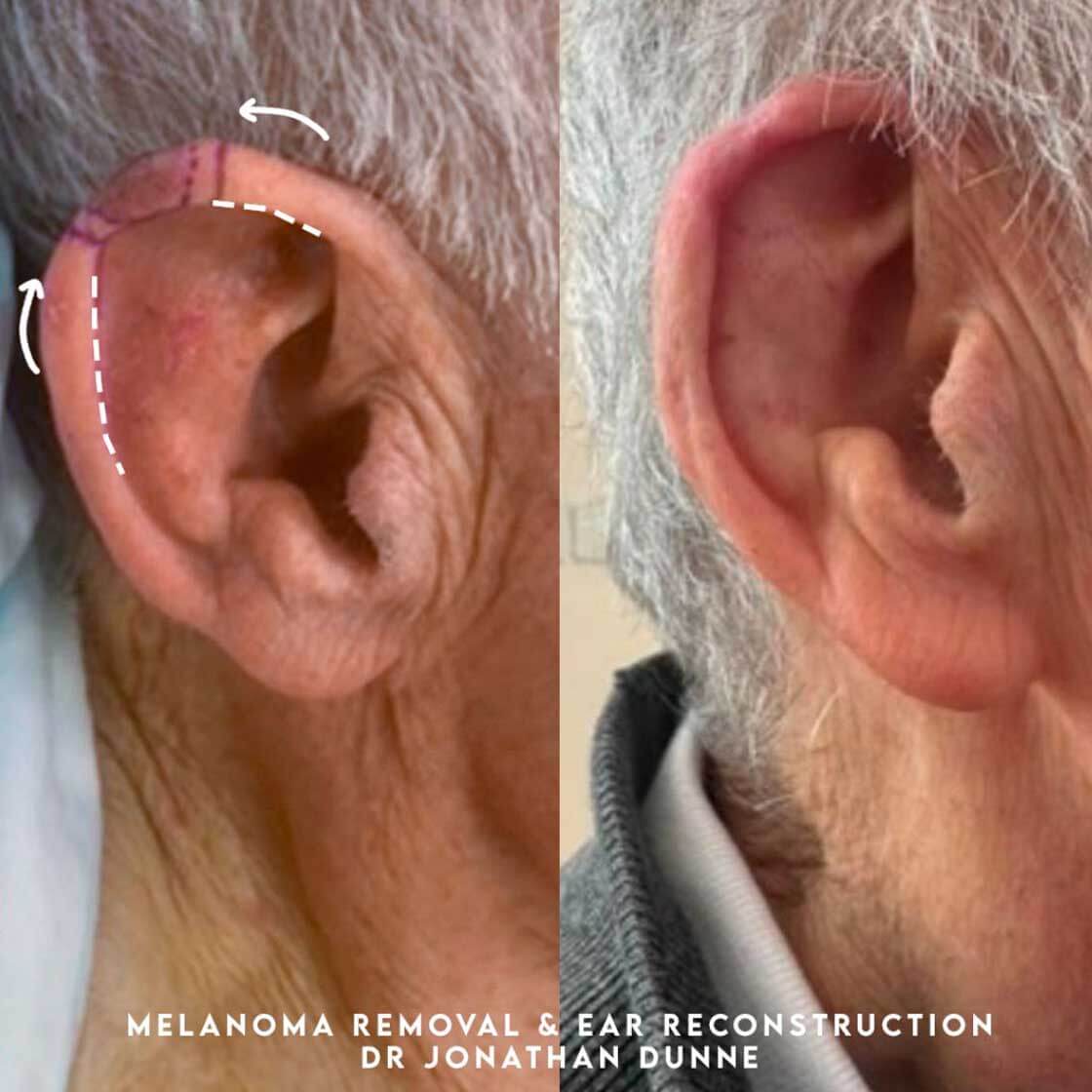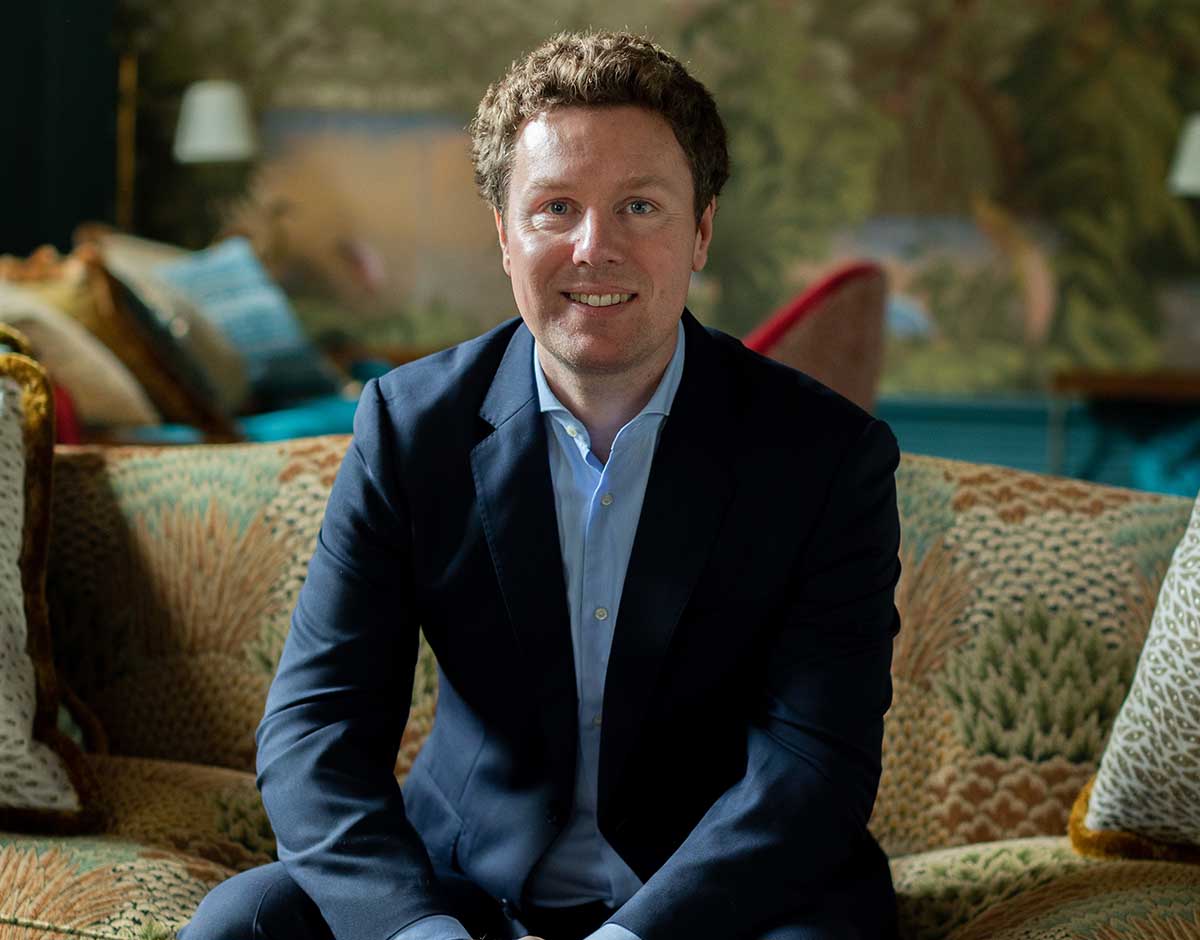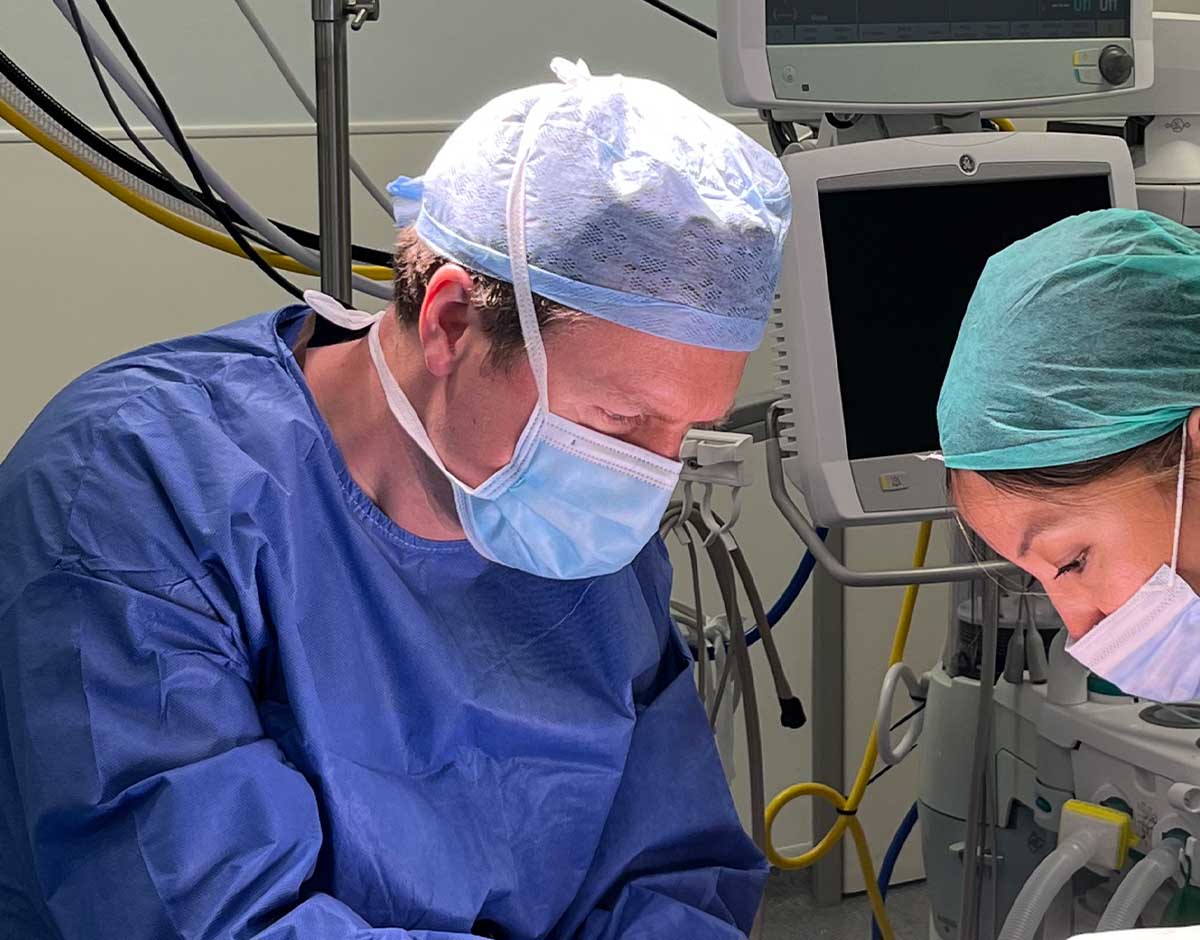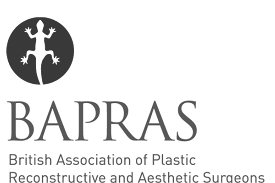-
What is ear reconstruction surgery?
Ear reconstruction surgery aims to restore the shape and function of the ear. Jonathan will commonly employ the use of local flaps which will involve him utilising nearby tissue to create a new ear shape, restoring normal and natural contours. This tissue is carefully manipulated and reshaped to resemble a natural ear. The advantage of using local flaps is that it provides a good match in terms of colour and texture, as the tissue comes from the same area. Occasionally skin grafts may be used in ear reconstruction surgery where less re-shaping is required. This involves taking a thin piece of skin from another part of the body, usually behind the ear so it is a good match in terms of thickness and the scar is hidden, and stitching it to the ear wound.
-
Who is ear reconstruction surgery suitable for?
Individuals who have been born with a congenital ear deformity, or have suffered from a traumatic injury, burns, or removal of cancer or keloid scars, that has resulted in the loss or damage of their ear can benefit greatly from this surgery. Patients with piercings which stretch the skin, or where an earring has been pulled causing a split ear lobe, are also excellent candidates.
-
What happens at your first ear reconstruction surgery appointment?
Jonathan will conduct a physical examination of your ears to determine the best approach for reconstruction. He may take photographs and measurements of your ears for reference. During this appointment, he will explain the surgical techniques that he intends to use and address any concerns or questions you may have. He’ll also discuss with you any known associated risks or complications.
-
How painful is ear reconstruction surgery?
You will be given local anaesthetic most commonly for the procedure to minimise any pain or discomfort. Less commonly, patients may have general anaesthetic. Post-surgery, you may experience some soreness, swelling, and mild pain, which can usually be managed with over the counter pain medications. Jonathan takes pain management post-op seriously and with detail to ensure you are as comfortable as possible.
-
How long does ear reconstruction surgery take?
This depends on the complexity and size of the ear defect. In most cases, a single surgery is sufficient to address the issue, while in other cases, a two-stage surgery may be required. The two-stage surgery more commonly involves both skin and cartilage reconstruction to restore the shape and functionality of the ear. The first stage of the surgery focuses on creating a framework using cartilage grafts, while the second stage involves the further coverage with skin with shaping the reconstructed ear. The duration of your surgery will be determined by your specific needs, however most take up to an hour.
-
What results can I expect from my ear reconstruction surgery?
The aim is to achieve a more balanced and symmetrical appearance of the ears. Jonathan will carefully evaluate your unique features and work towards creating natural-looking results when reconstructing the ear. The final outcome of your surgery will be determined six months or more after surgery, and post-operative care and management is imperative for the best results.
-
Are there any risks associated with ear reconstruction surgery?
Infection is a risk with any surgery, but Jonathan will guide you through minimising that risk, and how to report symptoms that might require you to take antibiotics. He’ll talk you through any potential risks when you have your consultation with him.
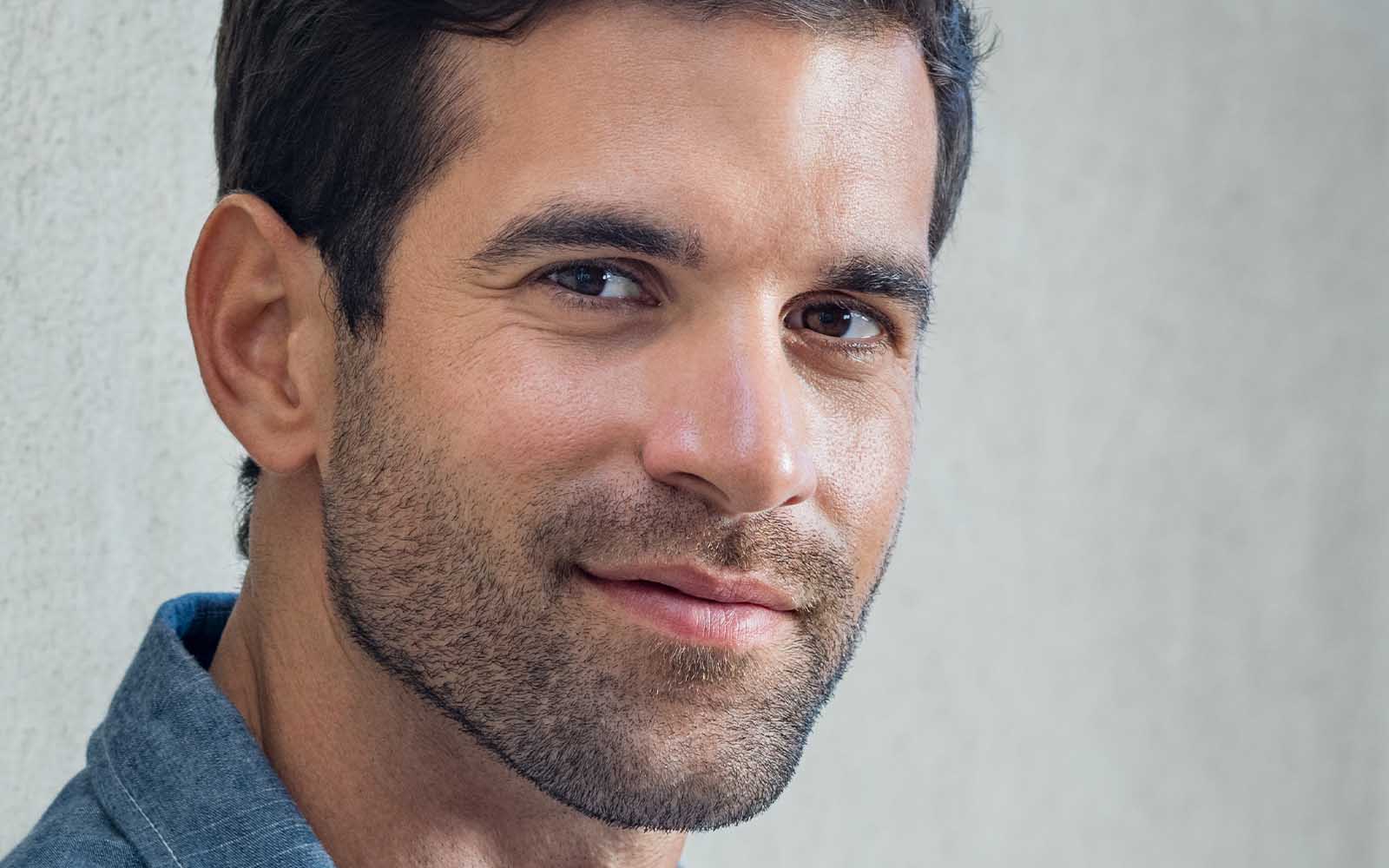
Ear Reconstruction
Face Reconstruction
Whether you’re suffering from differences in ear shape, ear deformities, ear trauma, or partial or total ear amputation following removal of keloid scar or cancer, ear reconstruction surgery can restore a natural-looking appearance and functionality to the ear. Rebuilding the ear can help to restore the normal anatomy and shape, while also boosting confidence and self-esteem. By using innovative techniques, this procedure can restore the shape and contours of your ear, providing a return to a more natural and symmetrical appearance.
What happens during ear reconstruction surgery?
Ear reconstruction requires meticulous attention to detail as it involves intricate techniques to recreate the natural appearance of the ear. It’s primarily based on local flaps, which involve using nearby tissues for the reconstruction to reshape the ear. In some cases, full thickness skin grafts may also be used to resurface an ear wound. During the surgery, cartilage can be harvested from either the ear itself, or the rib, depending on your specific needs, and occasionally may be donor rib cartilage (irradiated cadaveric rib cartilage). This cartilage is then sculpted and placed in the reconstructed ear to create a more natural shape and contour, and resurfaced by your own skin in one or more operations.
Is Jonathan Dunne a good choice for your ear reconstruction?
When it comes to ear reconstruction surgery, it is important to choose a skilled and experienced surgeon who respects the normal anatomy of the ear. With his years of training in this area, Jonathan fully understands the significance of preserving the natural appearance and function of the ear. His extensive knowledge and expertise in performing ear reconstruction surgeries ensures that each procedure is tailored to meet the unique needs of the patient.
Faqs | Ear Reconstruction
“Nice facility, especially the waiting room! Efficient service, and well-informed and professional medical intervention.”
Client Review





